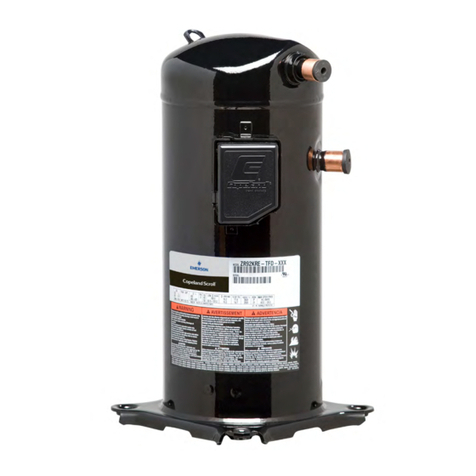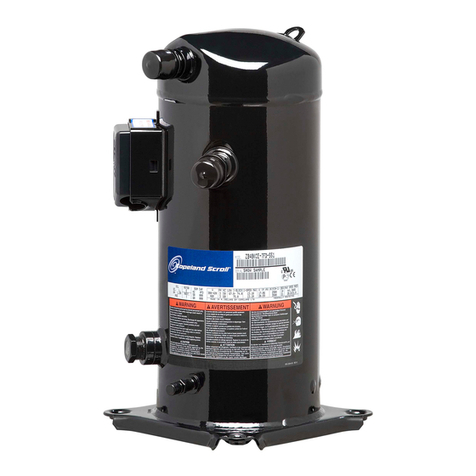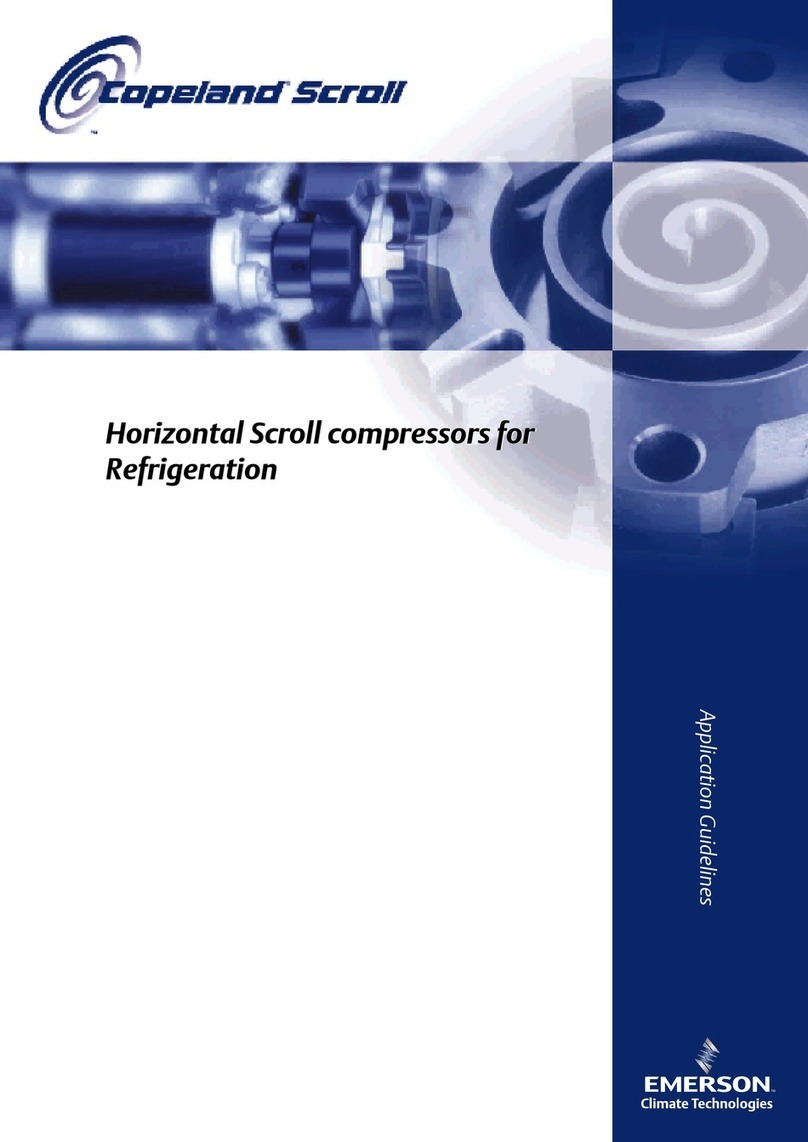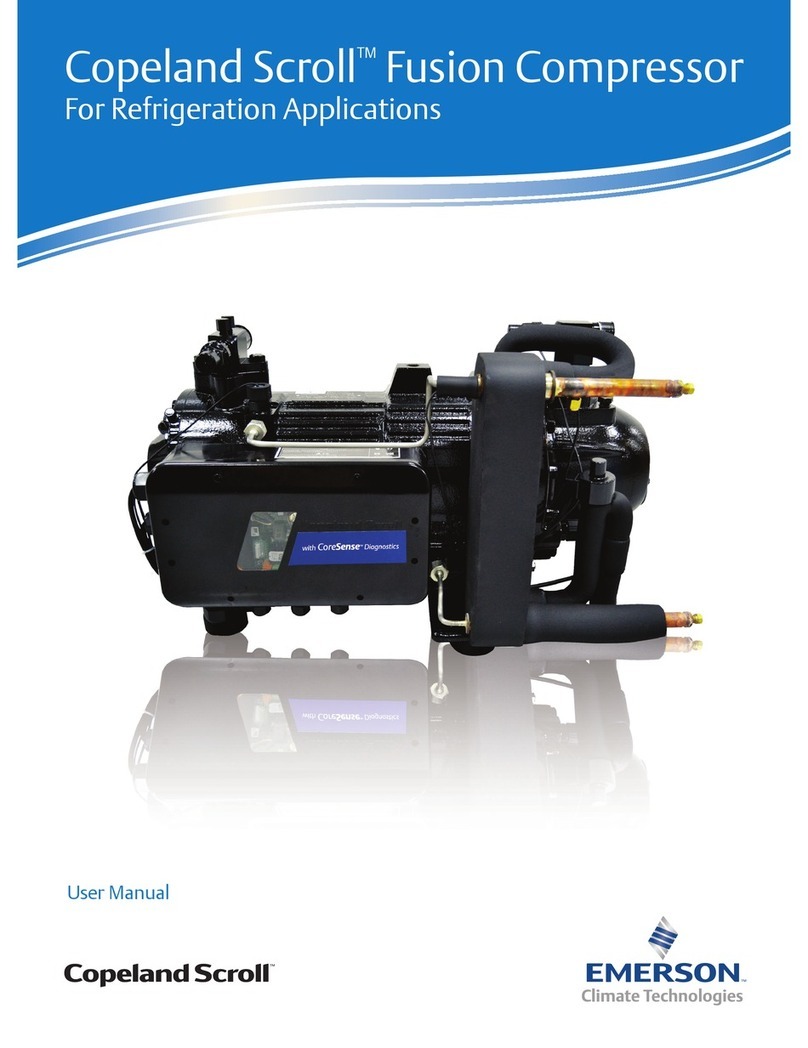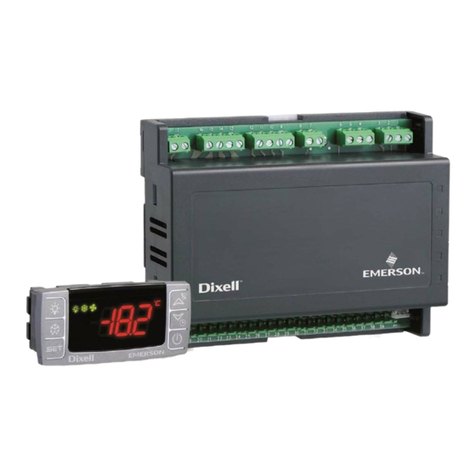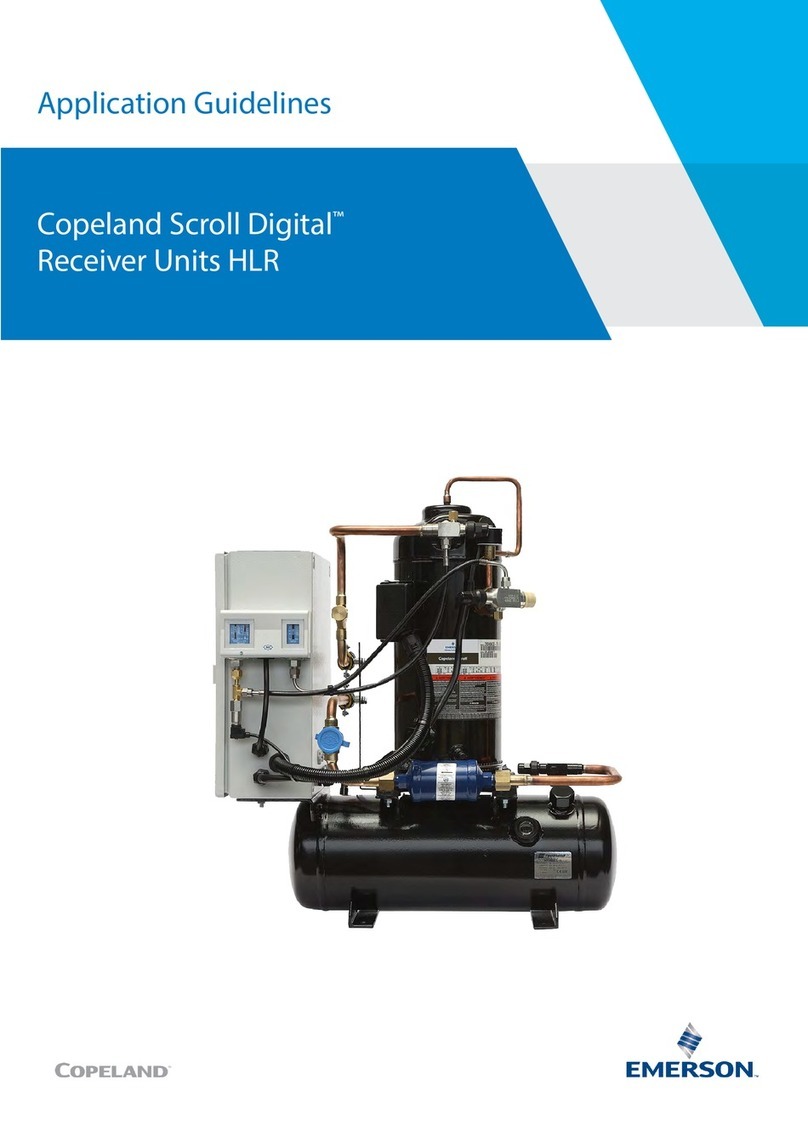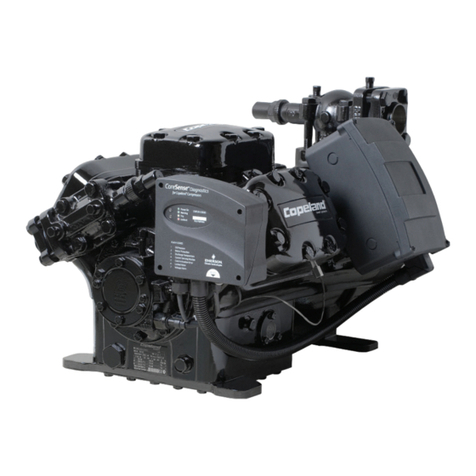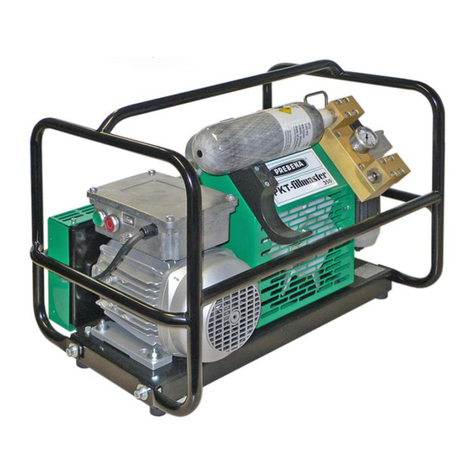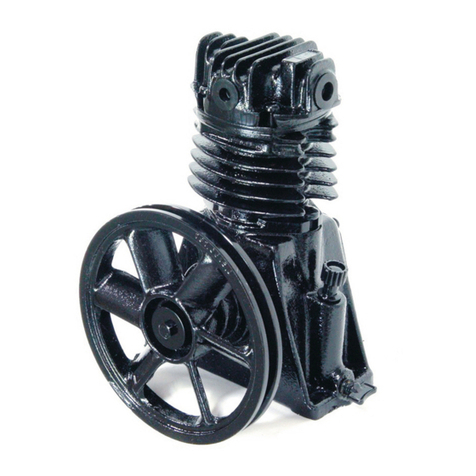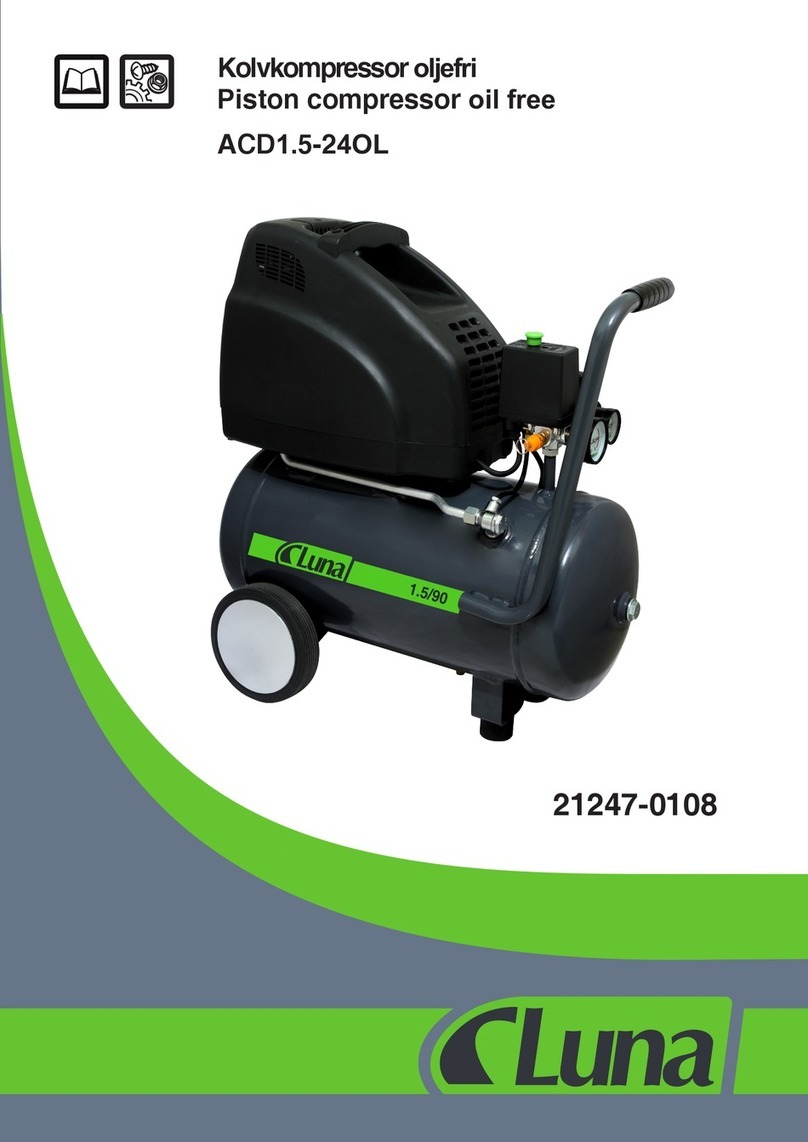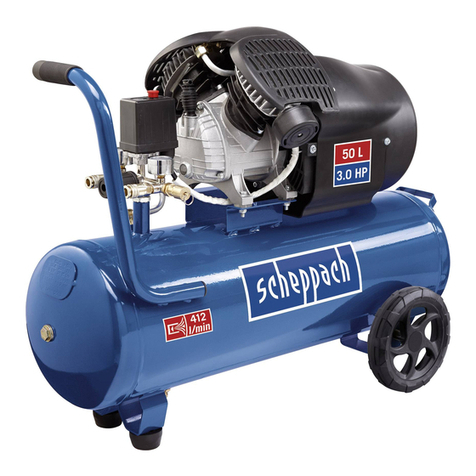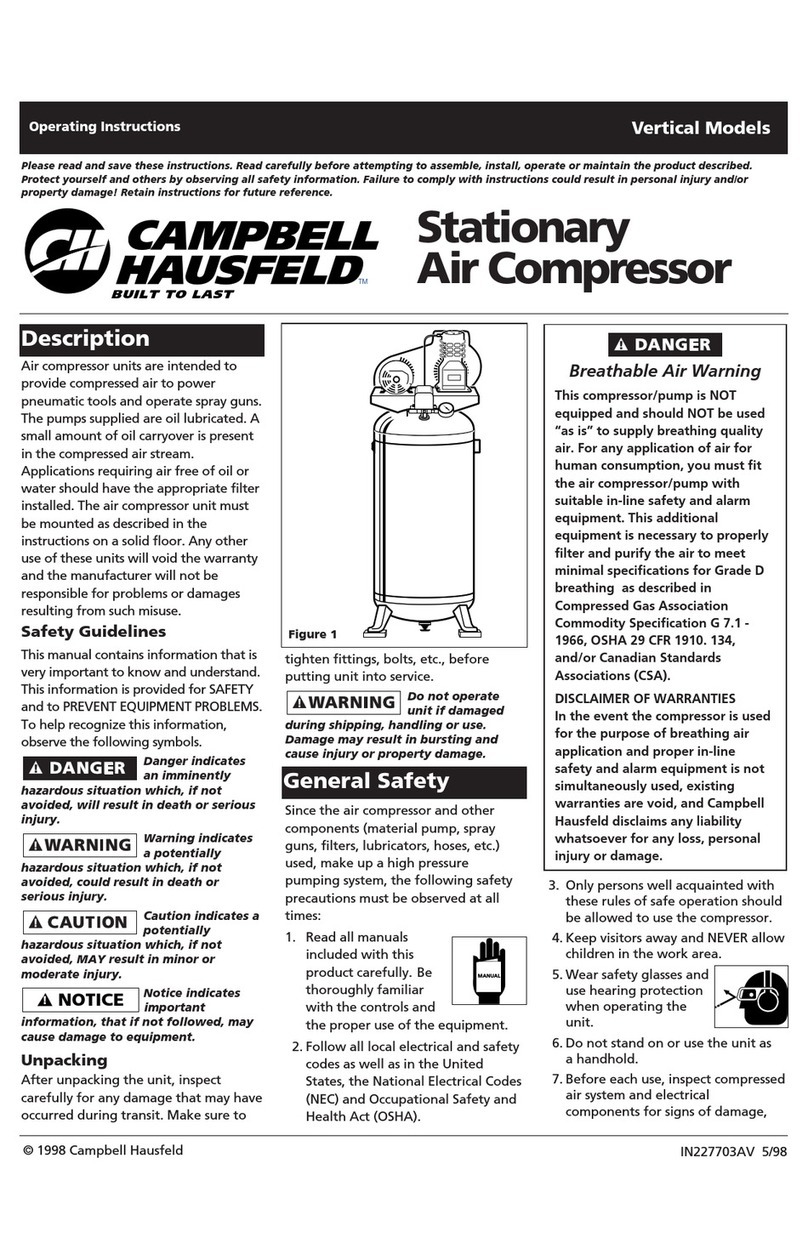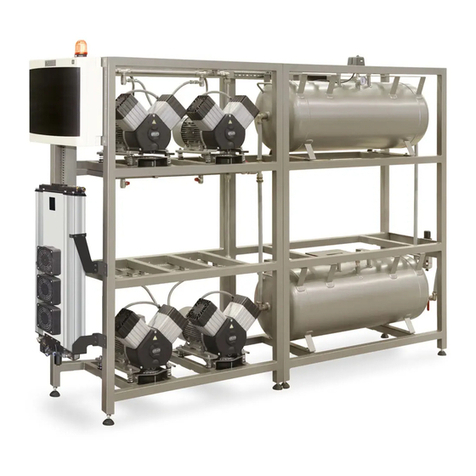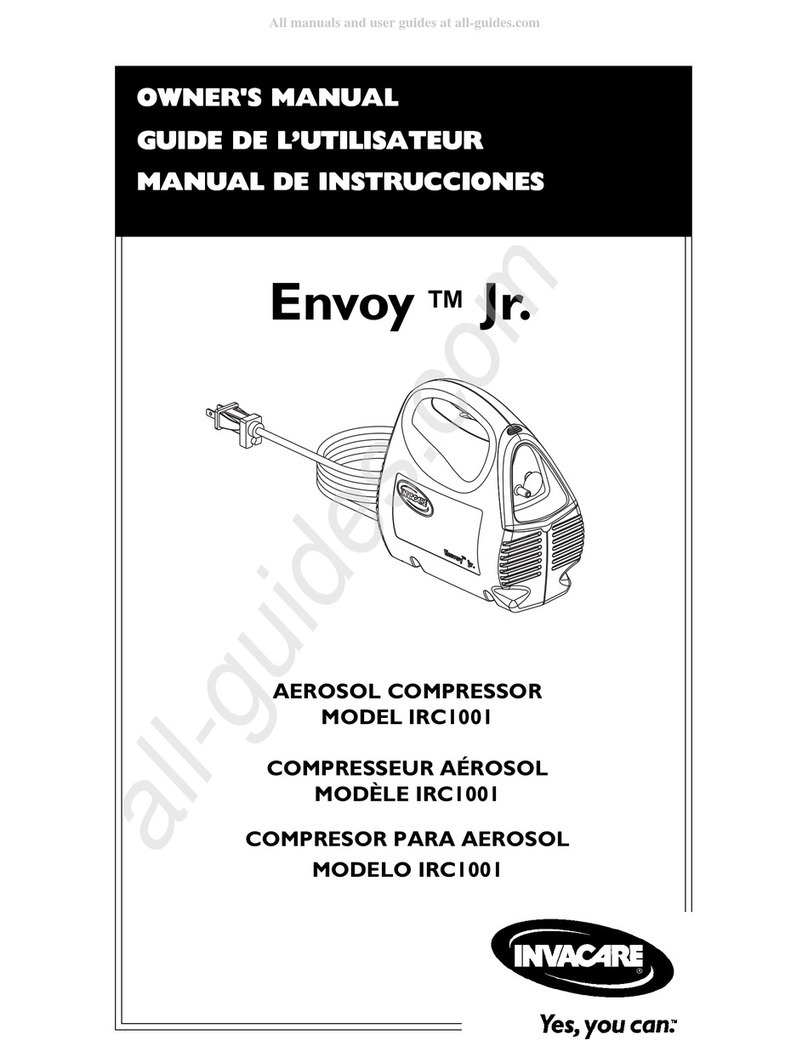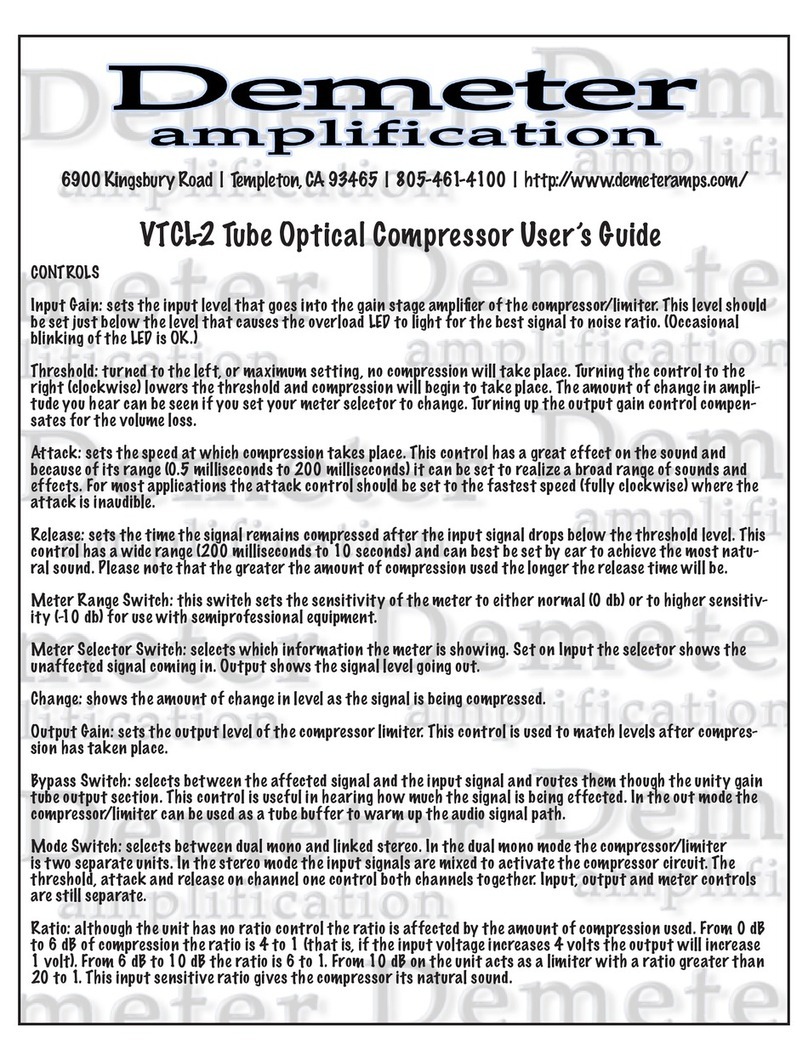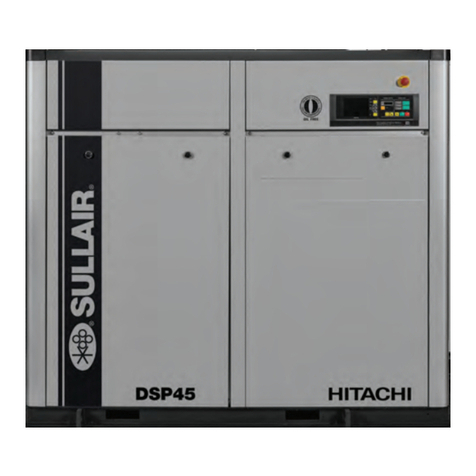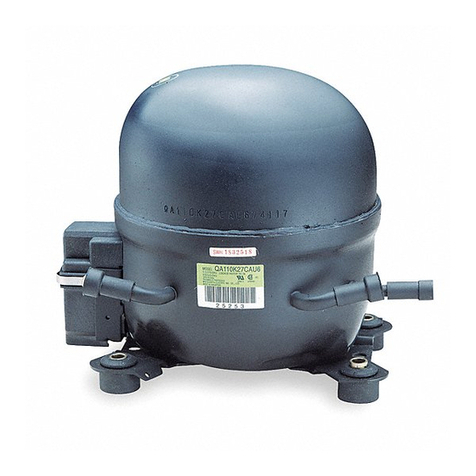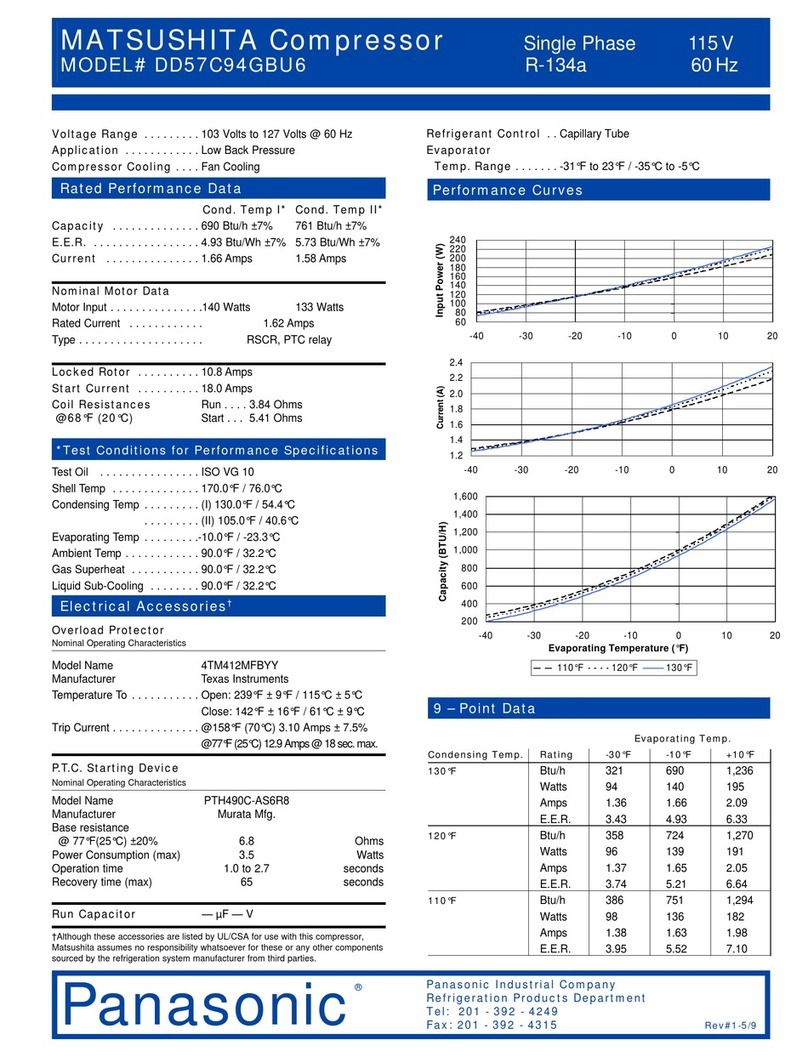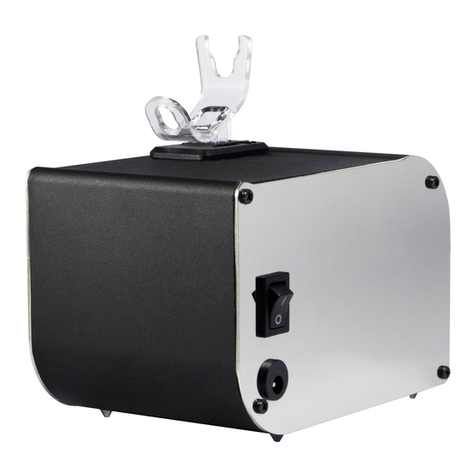About these guidelines ...............................................................................................1
1Safety instructions...........................................................................................1
1.1 Icon explanation............................................................................................................... 1
1.2 Safety statements ............................................................................................................ 1
1.3 General instructions......................................................................................................... 2
2Product description .........................................................................................3
2.1 Common information about Copeland Scroll Digital™ compressors............................... 3
2.2 Nomenclature................................................................................................................... 3
2.3 BOM Variation.................................................................................................................. 3
2.4 Dimensions ...................................................................................................................... 4
2.5 Application range ............................................................................................................. 6
2.5.1 Qualified refrigerants and oils .............................................................................. 6
2.5.2 Application limits and operating envelopes.......................................................... 6
3Installation........................................................................................................7
3.1 Compressor handling....................................................................................................... 7
3.1.1 Transport and storage.......................................................................................... 7
3.1.2 Positioning and securing...................................................................................... 7
3.1.3 Installation location............................................................................................... 7
3.1.4 Mounting parts...................................................................................................... 8
3.2 Solenoid valves for models ZRD*KRE compressors....................................................... 8
3.2.1 Solenoid valve installation –General recommendations..................................... 9
3.2.2 Solenoid valve installation –Tubing recommendations....................................... 9
3.3 Discharge check valve................................................................................................... 10
3.4 Brazing procedure.......................................................................................................... 10
3.5 Shut-off valves and adaptors......................................................................................... 11
3.6 Oil separator .................................................................................................................. 12
3.7 Accumulators ................................................................................................................. 12
3.8 Screens.......................................................................................................................... 12
3.9 Mufflers .......................................................................................................................... 12
3.10 Suction line noise and vibration..................................................................................... 13
4Electrical connection .....................................................................................14
4.1 General recommendations............................................................................................. 14
4.2 Electrical installation ...................................................................................................... 14
4.2.1 Terminal box....................................................................................................... 16
4.2.2 Motor winding..................................................................................................... 16
4.2.3 Motor protection ................................................................................................. 17
4.2.4 Protection devices.............................................................................................. 17
4.2.5 Crankcase heaters ............................................................................................. 17
4.3 Pressure safety controls ................................................................................................ 17
4.3.1 IPR valve (Internal Pressure Relief valve) ......................................................... 17

